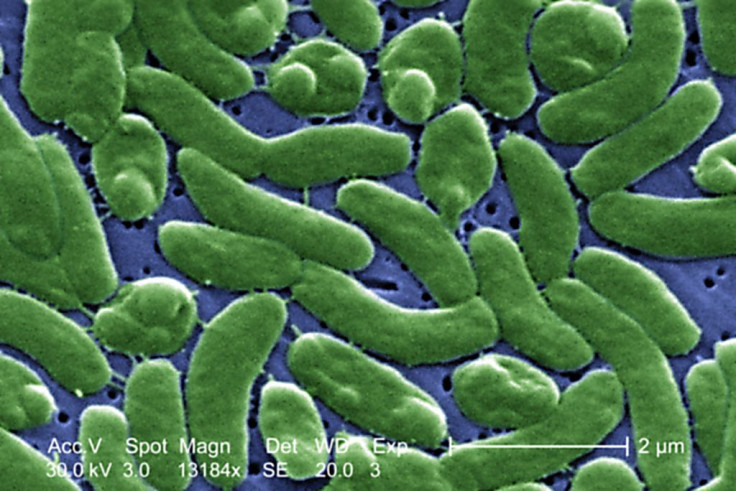
Cases of flesh-eating bacteria in Florida have surged in recent weeks following the impact Hurricanes Helene and Milton in the state, according to data from the Florida Department of Health (FDOH).
Concretely, Florida has documented 70 confirmed cases of Vibrio vulnificus in 2024, a bacterial infection known for its potential severity. Out of these cases, 11 have resulted in deaths. Notably, 37 of the total cases have been detected since mid-September, a sharp increase in infections during the past weeks.
This increase includes 13 cases and one death in Pinellas County alone, alongside four new cases each in Hillsborough and Lee counties, and multiple cases in Pasco and Charlotte counties.
The FDOH highlighted that this bacterial infection, which thrives in warm floodwaters, is linked to hurricanes and tropical storms that inundate coastal and low-lying areas with rainwater, pollutants, and debris. The recent storms have led to a marked rise in the concentration of Vibrio vulnificus, known to cause severe infections when open wounds come into contact with contaminated water. If infected, individuals can experience rapid flesh deterioration, sometimes even requiring amputation.
Records indicate that 155 people in Florida have died due to Vibrio vulnificus since 2008, emphasizing the severe risks associated with this infection. The bacteria are typically found in raw or undercooked seafood and in brackish waters where fresh and saltwater mix, conditions that floods often exacerbate.
Symptoms of Vibrio infection may include watery diarrhea, fever, and, in the case of wound infections, redness and swelling. If symptoms develop after exposure to contaminated waters, immediate medical attention is crucial. Treatment often involves antibiotics, and in severe cases, surgical intervention may be required.
While Vibrio vulnificus can lead to necrotizing fasciitis—a severe and life-threatening condition—the term "flesh-eating bacteria" can be misleading. The bacteria do not consume tissue but can cause significant damage to it. The FDOH clarified that the infection does not spread from person to person.
According to Jacksonville.com, the FDOH warned in a release on Oct. 8, before Hurricane Milton made landfall as a Category 3 hurricane: "After heavy rainfall and flooding, the concentration of these bacteria may rise, particularly in brackish and saltwater environments."
Vibriosis caused by Vibrio vulnificus and other Vibrio bacteria leads to an estimated 80,000 illnesses and 100 deaths annually across the country, according to the Centers for Disease Control and Prevention (CDC). Approximately 52,000 of these cases are linked to the consumption of contaminated food, but the bacteria are also frequently present in floodwaters, a concern that has become increasingly relevant in Florida recently.
To prevent infection, the FDOH advises individuals to keep open wounds away from warm salt or brackish water and to wash any cuts thoroughly after exposure. Additionally, the public is cautioned against consuming raw shellfish and urged to cook seafood properly to avoid contamination.
© 2025 Latin Times. All rights reserved. Do not reproduce without permission.


